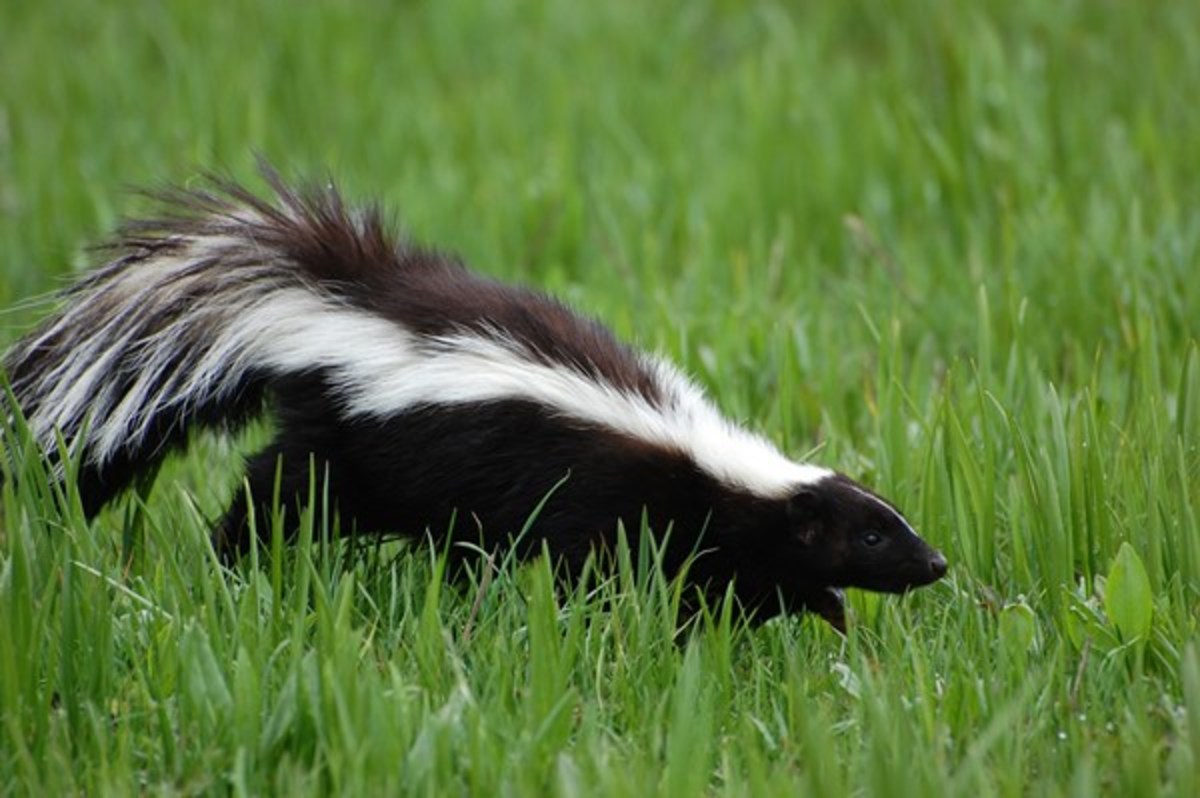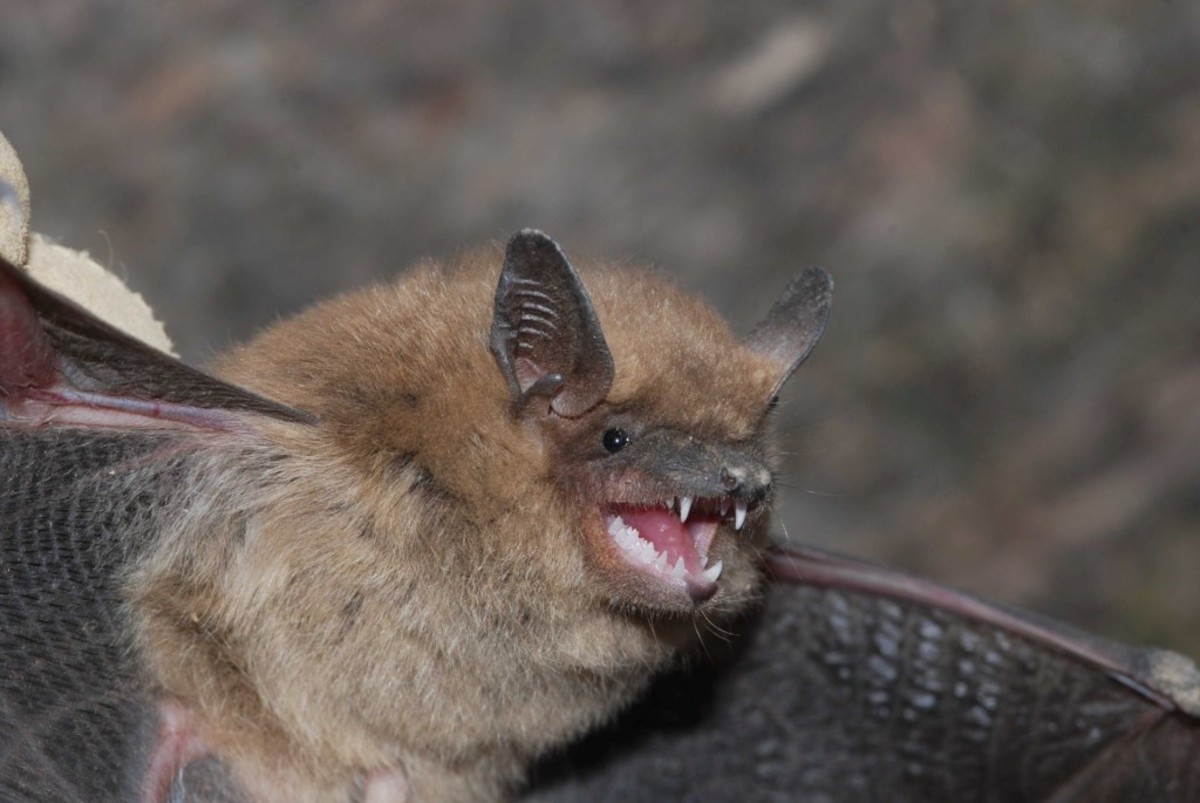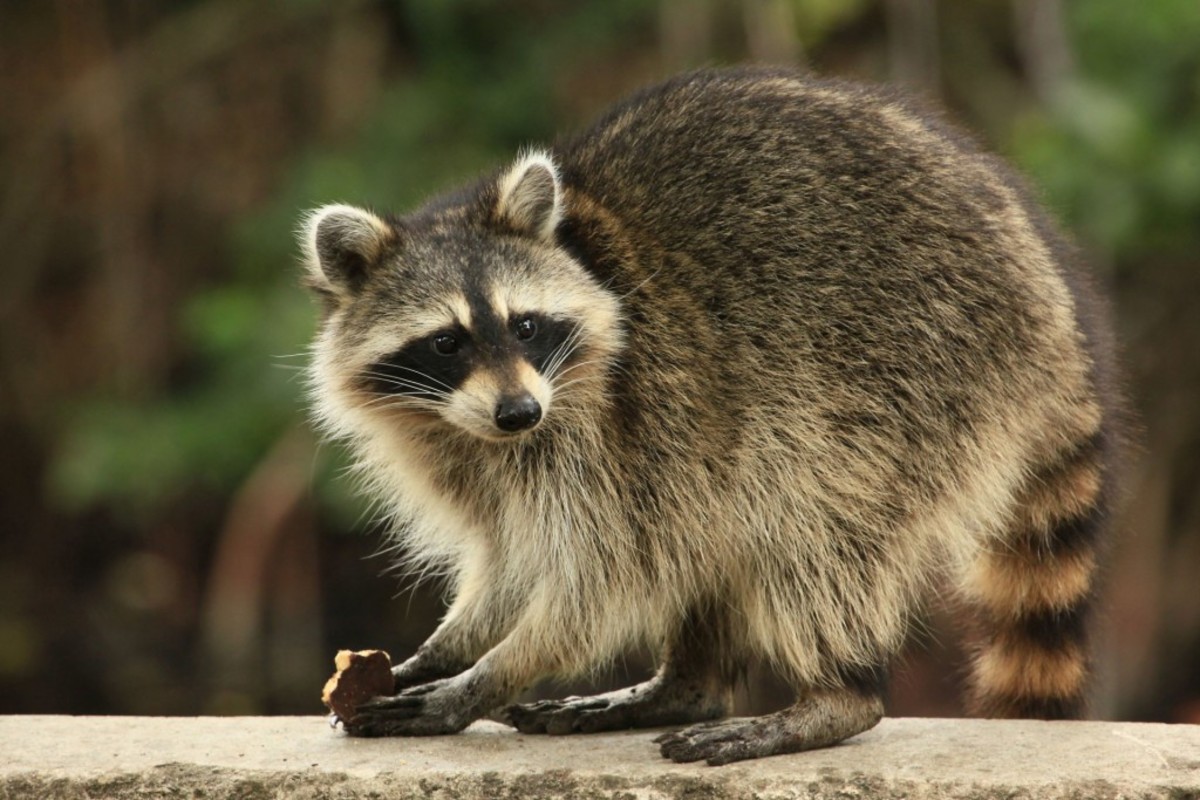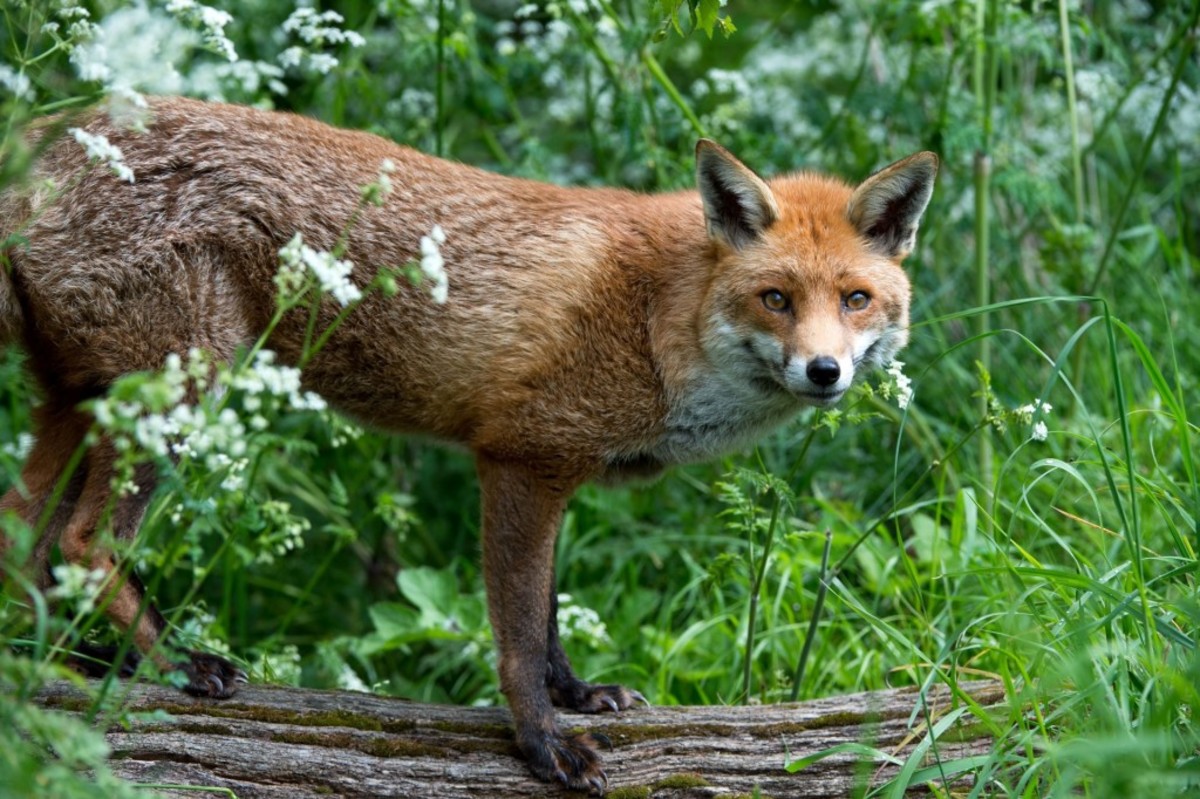
Editor’s note: While this information comes from Colorado State University’s College of Veterinary Medicine, there are some good tips here for all horse owners. Rabies is a disease can can take a terrible toll on humans and animals, and creating a vaccination barrier to protect all the domestic species (and their owners) is important.
A bat flying erratically during daylight hours, a raccoon slowly wandering down the middle of a road, a fox that does not run away when you approach, a dead skunk in your horse’s corral.
What do these four wild animals have in common?
The animals in these scenarios are acting abnormally and could have rabies, a neurologic disease that is most likely fatal to unvaccinated humans and animals.
Rabies is a zoonotic disease, meaning it can be passed between animals and people. Confirmed cases have notably climbed in Colorado in recent years. With rabies clearly present in wild animals that are common in rural, suburban and urban areas, it is important that pet owners:
- Check vaccination records for their pets.
- Vaccinate any pets that lack current rabies vaccinations.
- Also vaccinate horses and frequently handled livestock, such as 4-H animals.
- Keep dogs leashed during walks.
- Notice critters in the environment, and watch for animals that seem sickly or act abnormally.
- Never approach or touch a wild animal that seems sick or acts strangely. Call a local animal control office immediately to report the time and location of such a sighting.
- Talk to a veterinarian for more information.
Rabies on the Rise in Colorado
The main hosts of rabies in the United States are raccoons, skunks, bats, foxes and coyotes, in that order. In Colorado for the past 20 years, bats have been the primary rabies host; about 15% of the bats tested are positive for rabies.

Historically, bats are the No. 1 carrier of rabies in Colorado; about 15% of bats tested are positive for rabies.
But since 2007, Colorado has seen an uptick in the number of wildlife testing positive for rabies. Last year, 130 animals tested positive for rabies in Colorado, including 93 bats, 32 skunks and five others. Of these, 76 animals were known or strongly suspected of exposing 101 domestic animals and 57 humans to rabies.
The rise in confirmed rabies infection in skunks is concerning because these animals, unlike bats, live on the ground–just as we and our pets do.
The first 2015 report about rabid wildlife in Colorado was issued April 20 by the Colorado Department of Agriculture. Three skunks were confirmed to be rabid during one week in the counties of Adams, Arapahoe and Elbert on Colorado’s Front Range. In the first four months of this year, six rabid skunks have been confirmed in these counties. For updated rabies information, visit your local health department’s website.
Why is Rabies a Big Deal?

Raccoons are the main host of rabies in the United States.
Rabies is a viral disease that affects the brain of mammals and is almost always fatal. The virus is shed in the saliva of a rabid animal and usually is passed to another animal by a bite. At the bite wound, the virus replicates and travels through the nerves to the brain.
Pre-exposure vaccination against rabies can prevent companion animals, such as dogs and cats, from contracting rabies from wildlife.
“Worldwide, more than 30,000 humans die of rabies each year, 99% of cases resulting from contact with dogs. In the United States, due to highly successful dog vaccination programs, transmission from dogs is now rare, eliminating the vast majority of human cases,” according to Bat Conservation International.
Livestock with which people frequently interact, like horses, 4-H sheep and goats, steers, llamas and alpacas, should also be vaccinated against rabies. Their thick hair coats make it difficult to tell if these animals have been bitten, and vaccination will decrease the chance that their human companions are exposed to the disease.
Dr. Keith Roehr, Colorado State veterinarian, encourages livestock producers to discuss with their veterinarians the best course of action regarding the vaccination of livestock herds.
What to Do if You are Bitten

Foxes, increasingly seen in suburbia, are rabies carriers, along with coyotes.
Many people are bitten by animals each year, and very few animals are rabid. Even so, the severity of rabies requires a very prudent course of action after any such bite:
- Immediately wash a bite wound with soap and running water for at least 15 minutes.
- Contact your healthcare provider, your local health department, animal control and/or Colorado Division of Wildlife.
- If the bite is from a wild animal, it can be captured and tested for rabies.
- If the animal is a domestic animal or livestock, it can be quarantined and monitored to see if it becomes ill from rabies.
“To keep yourself and your pets safe from the deadly rabies virus, keep your pets properly vaccinated and away from wildlife,” said Bill Porter, director of Animal Protection and Control for the Larimer Humane Society. “Dogs and cats are always curious about abnormal-acting wildlife, and only a small bite is necessary to transfer the disease from an infected animal.”
For more information, visit:
Colorado Department of Public Health and Environment
Larimer County Department of Health and Environment
Ragan Adams, DVM, is a Veterinary Extension Specialist and senior research associate in the Department of Clinical Sciences at Colorado State University.


